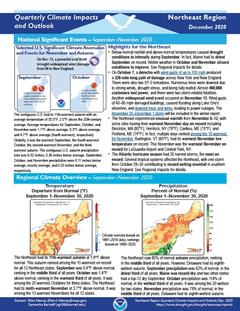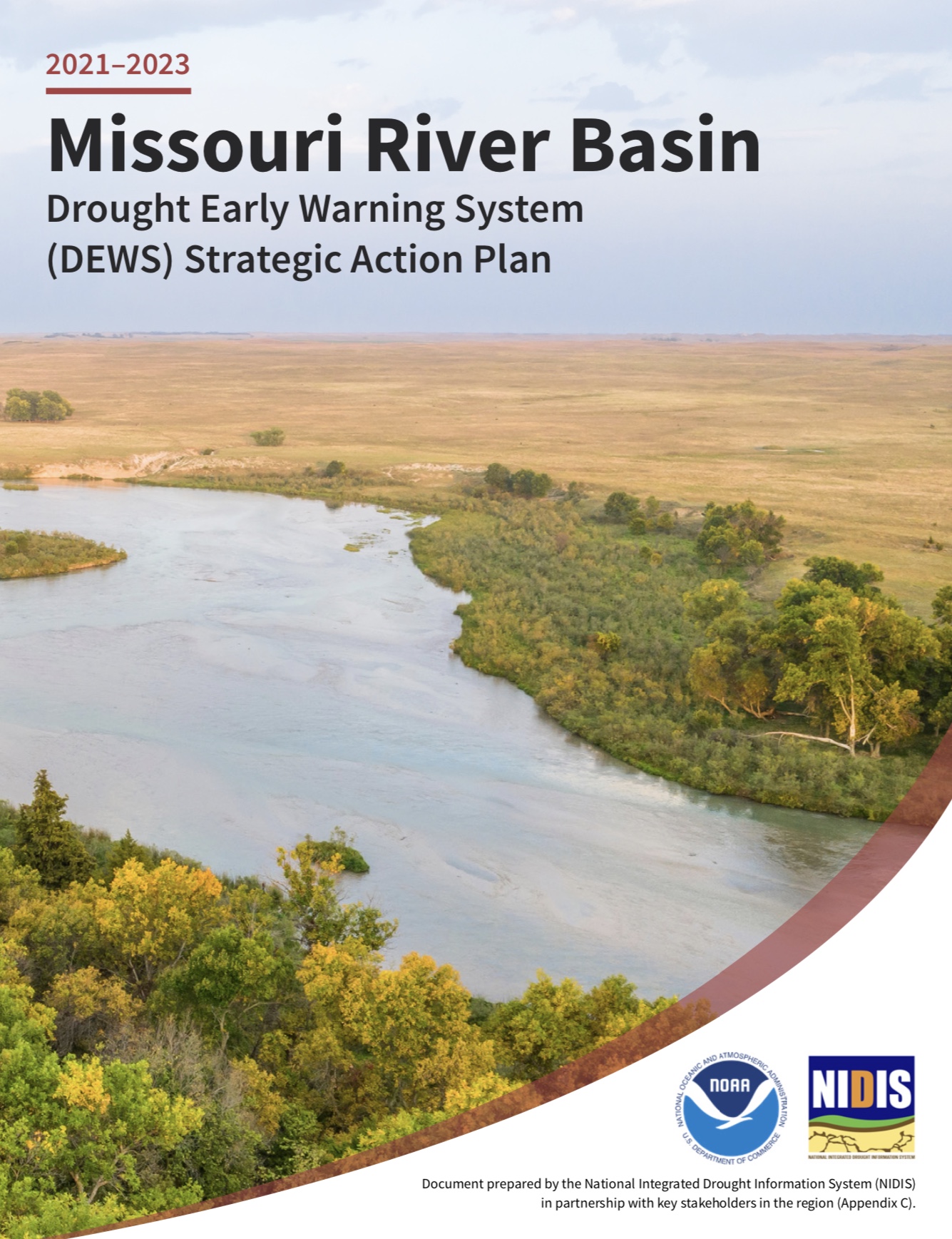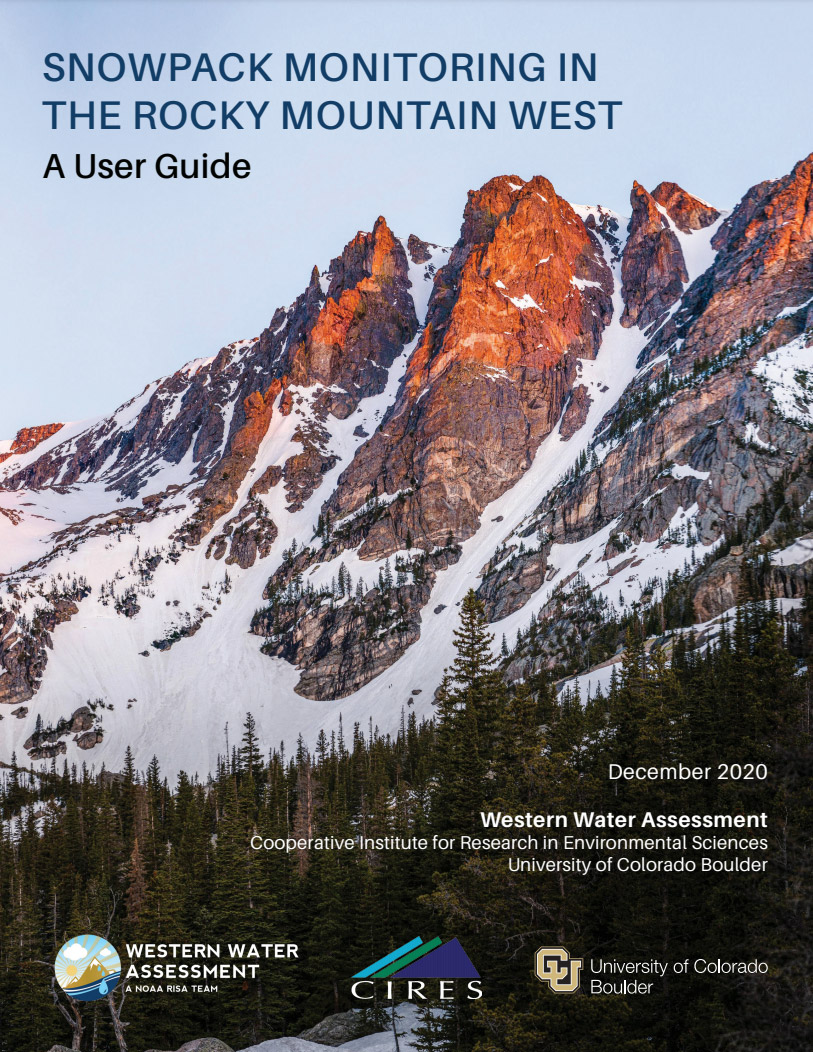Quarterly Climate Impacts and Outlook for the Northeast Region for September – November 2020. Dated December 2020.
The Northeast had its 11th-warmest autumn at 1.9°F above normal. This autumn ranked among the 15 warmest on record for all 12 Northeast states. The Northeast saw 85% of normal autumn precipitation, ranking in the middle third of all years.
Quarterly Climate Impacts and Outlook for the Western Region for September – November 2020. Dated December 2020.
Temperatures were above-average during the fall west of the Rocky Mountains, favored by a strong high pressure ridge anchored along the coast. Although fall is typically dry in the southern half of the West, the persistent ridge prevented landfalling Pacific storms, leading to well-below normal precipitation in many regions.
Quarterly Climate Impacts and Outlook for the Southeast Region for September – November 2020. Dated December 2020.
Well-above-average temperatures were observed across the Southeast, driven primarily by excessively warm daily minimum temperatures. Precipitation was above average across much of the region. Several long-term stations observed their wettest autumn on record.
Quarterly Climate Impacts and Outlook for the Gulf of Maine Region for September – November 2020. Dated December 2020.
Autumn was up to 2°C (4°F) warmer than normal. This autumn was among the 10 warmest on record for Caribou and Portland, ME. Autumn precipitation ranged from 50% of normal to near normal for a majority of the region.
Quarterly Climate Impacts and Outlook for the Southern Region for September – November 2020. Dated December 2020.
Temperatures were below normal across much of the region in September and October, but November temperatures were above normal across the entire region. Precipitation was slightly above normal in September, but widespread areas received below normal precipitation in October and November.
Quarterly Climate Impacts and Outlook for Hawaii and the U.S. Pacific Islands Region for September – November 2020. Dated December 2020.
Includes significant events, regional climate overview, and sectoral impacts for September – November 2020; regional outlook for December 2020 – February 2021.
Provides information on the typical La Niña winter pattern; the La Niña outlook; potential impacts; and comparisons of conditions during previous La Niña years.
NOAA’s Regional Climate Services Program created these outlooks to inform the public about climate impacts within their respective regions. Each regional report contains easy-to-understand language, and anyone can access them through the Drought Portal.
The Missouri River Basin (MRB) Drought Early Warning System (DEWS) Strategic Action Plan outlines priority tasks and activities to build drought early warning capacity and resilience. In early 2017, meetings were held to update the existing strategic plan, including a new focus on enhancing tribal capacity to use drought information and the use of new tools and drought indicators across the region. Before that plan could be finalized, drought quickly engulfed the Northern Plains region.
On July 30–31, 2019, the second National Drought Forum was held at the U.S. Institute of Peace in Washington, D.C. The Forum was planned and coordinated by the National Integrated Drought Information System (NIDIS), a part of the National Oceanic and Atmospheric Administration (NOAA), along with the National Drought Resilience Partnership (NDRP).
In the Rocky Mountain West, monitoring the evolution of the snowpack over the course of the winter and spring is critical to forecasting streamflow and managing water supply as well as fisheries management and guided rafting.











